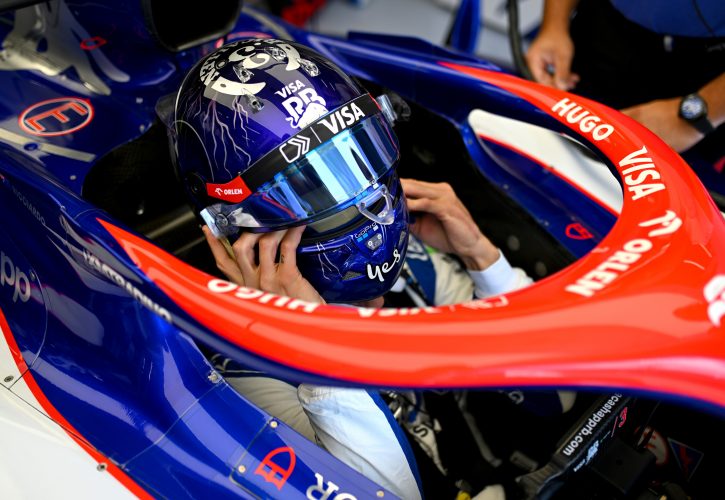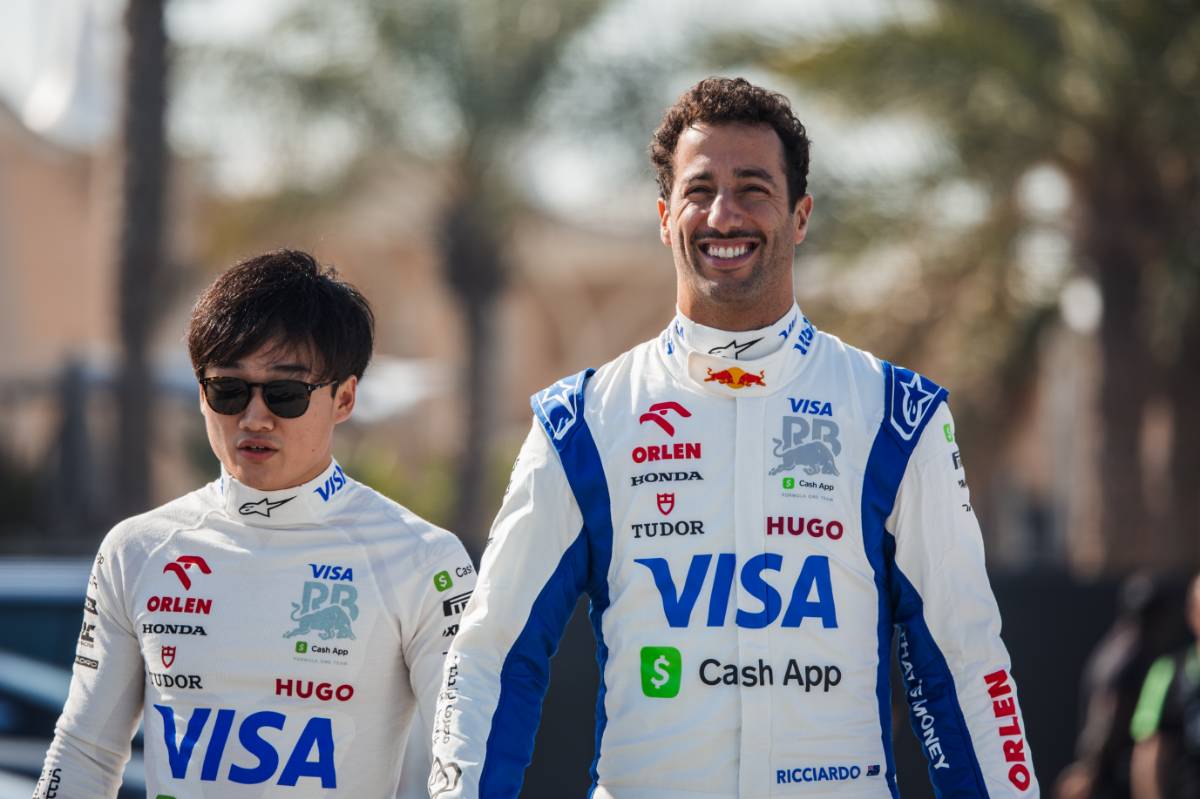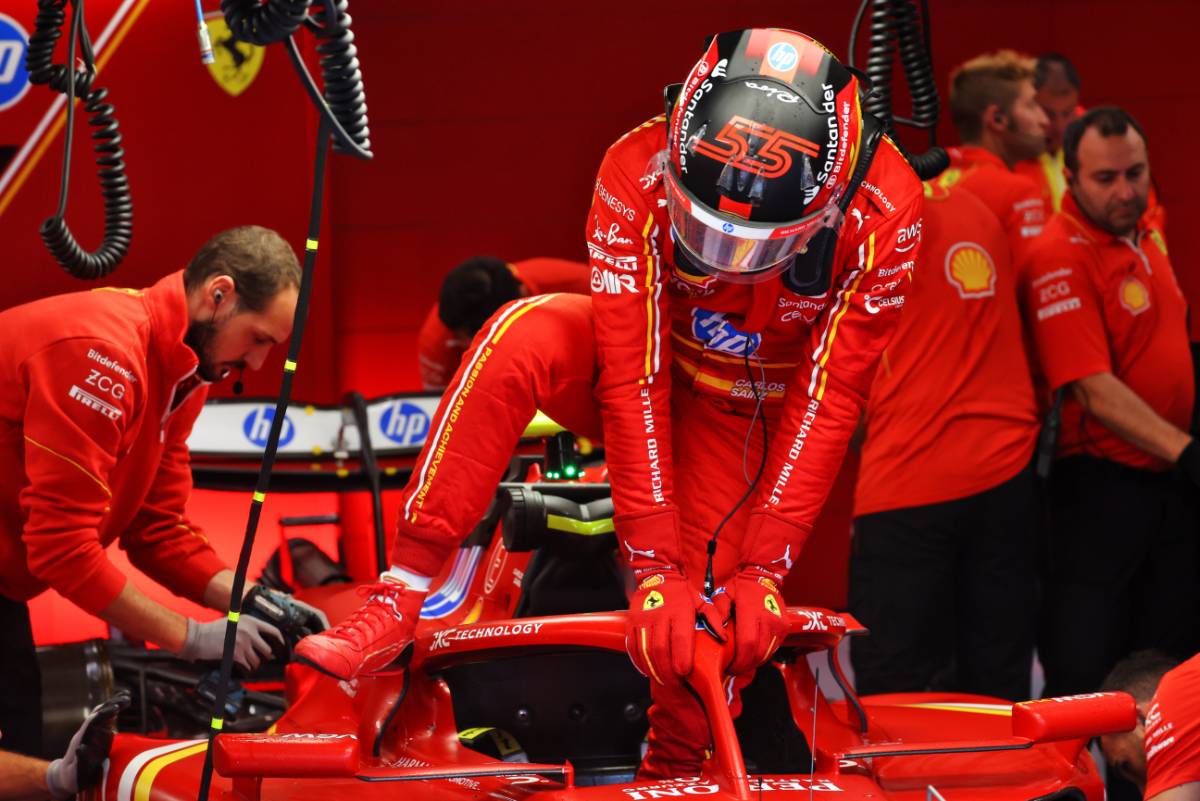
RB driver Daniel Ricciardo has welcomed the sport's decision to ease pressure on driver weights with changes to sporting regulations for the 2025 season.
Last month’s Formula 1 Commission meeting approved a minor tweak to next year's regulations that increases the minimum dry weight of cars from 798kg to 800kg, a record high for the championship.
The 2kg increase strictly applies to the allowance for driver weight, seat and equipment and can't be drawn on by other areas of the car, so teams will gain nothing from requiring drivers to crash diet for races.
Ricciardo said it was a much-needed change to make it easier for drivers who are naturally taller or bigger who are no match for their counterparts with much shorter and slighter physiques.
"[Drivers] can’t help being tall,” Ricciardo said in Belgium. “So it's unfair if they have to kind of dehydrate themselves just to make the weight."
At 178cm, Ricciardo is far from the tallest man on the grid. Alex Albon and Esteban Ocon check in at 186cm, while George Russell is 185cm tall. By contrast Lando Norris stands at 170cm and Ricciardo's RB team mate Yuki Tsunoda is the shortest of all at 159cm.
As well as having to keep to strict diets to meet the minimum weight, drivers have been discouraged from adding too much muscle mass through their training regimen, which could have safety consequences in the car.

"Even if we’re not even reaching that weight, it is nice that we have the freedom to be the athletes that we need to be, and it’s not like: ‘Oh, we have to watch out, we can’t do too much strength training."
"Having a little bit of freedom now around our training, that’s a big benefit for a lot of us," he added.
Other drivers had similar feelings on the issue. “I did have to be careful with the amount of muscle you put on and the food that you take," Carlos Sainz acknowledged in the same F1 media conference at Spa.
However for some it's another example of how the weight of an F1 car seems to keep creeping every higher with more safety and technical features to allow for, resulting in problems for the engineers and the drivers.

“Obviously, two kilos is not a big change,” Sainz said. “The problem is when you start adding two kilos on top of another two, another two, another two, which I think is where the trend has been in F1 over the last ten years.
"[We] keep adding two kilos here, three there, five there. In the past, [cars] were around 600kg," he pointed out, meaning that today's cars are a third heavier than they were in the recent past.
"I think this weight has made the cars also safer because there’s a lot of impact structure and a lot of work being done on the driver safety, which I’m never going to deny that I want that safety to be as high as possible.
“But anything that we can do to bring the weight back down, I think every driver here will appreciate it," Sainz stated. "We hope the FIA and the teams are taking that into consideration when deciding future rules, not only for ‘26”
Keep up to date with all the F1 news via Facebook and Twitter







